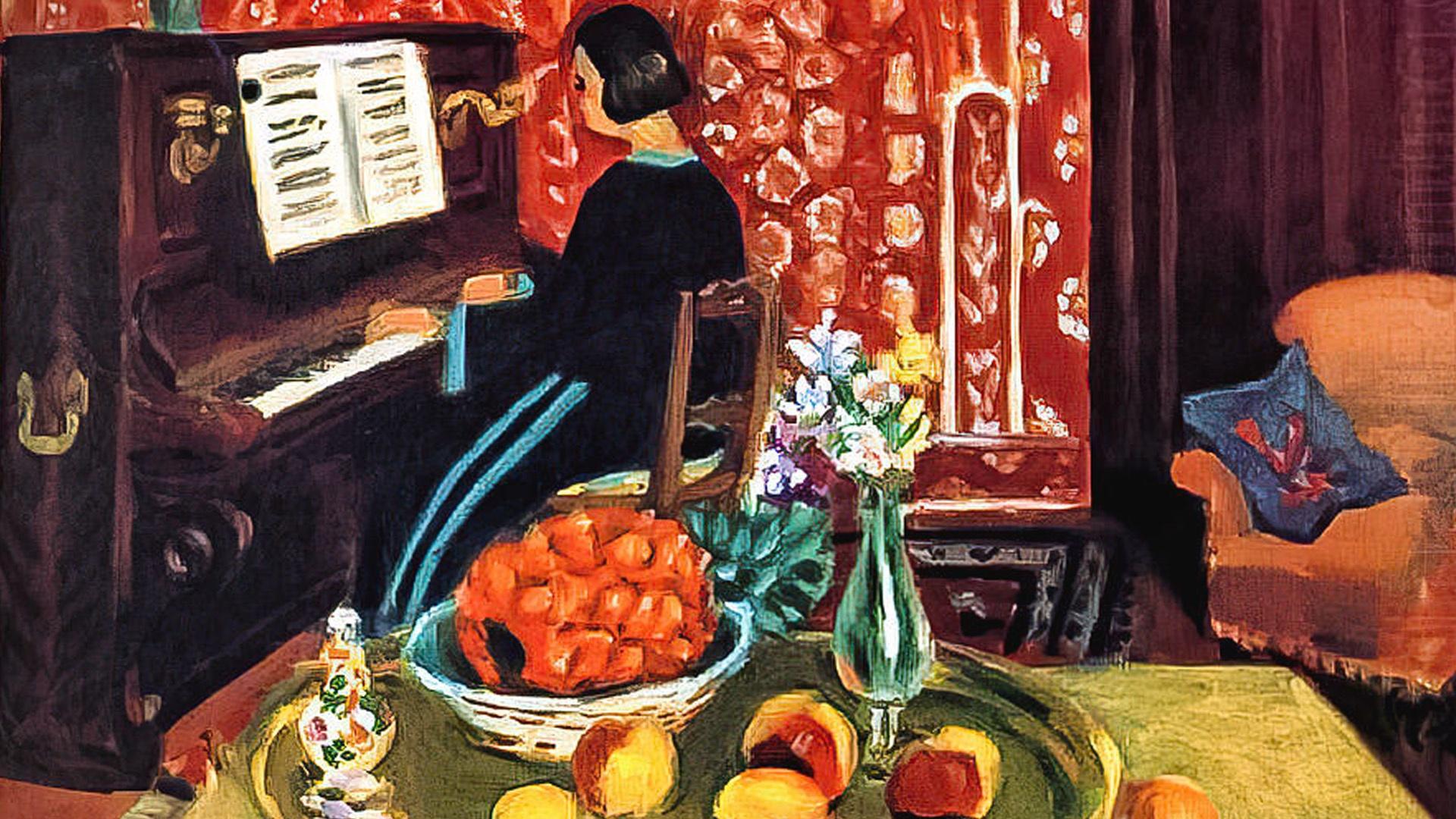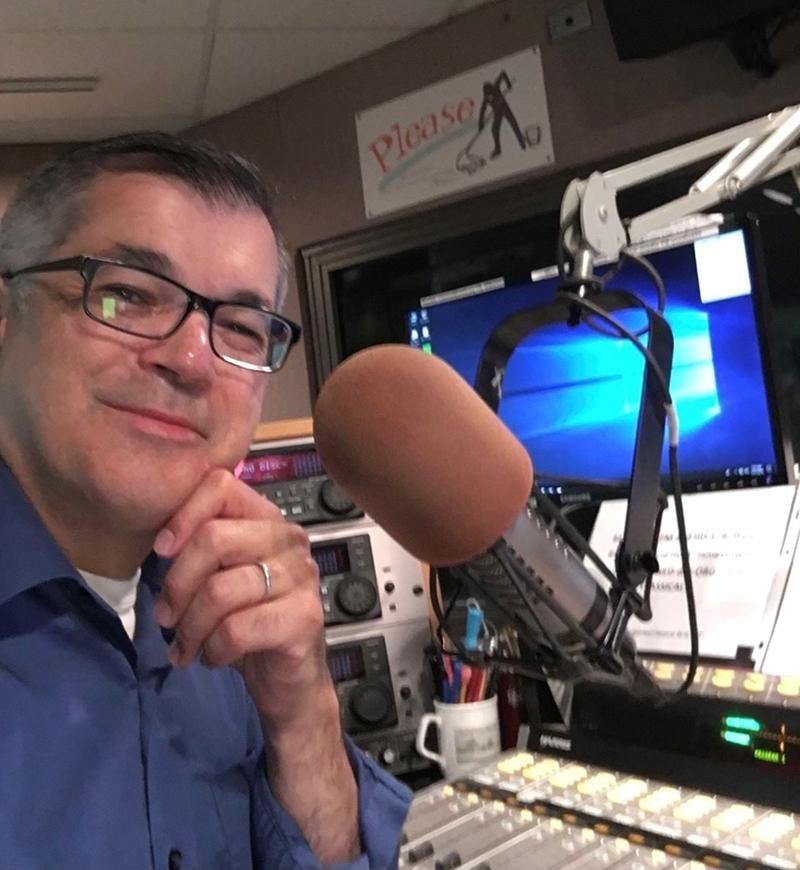Trek I
Classical Music: the final frontier.
These are the airwaves of WNED Classical.
A 46-year mission (and counting):
To explore classical music.
To seek out new composers and new pieces.
To boldly go where no listener has gone before (and to revisit familiar places too!)
Like the universe itself, Classical Music is incomprehensibly vast. No one knows everything about Classical Music. Granted, there will always be classical music know-it-alls out there clutching their tea-stained scores and correcting us, but most classical music fans recognize that we’re all mere students no matter how much we’ve practiced, studied, listened, or read.
Below are ten musical terms I find myself using all the time on the airwaves at WNED Classical. It occurs to me that although they’re familiar to many listeners, others may not know exactly what they mean. I’ve divided the terms into three groups – speed, eras, and forms. I hope this helps you in your trek through this vast universe of classical music.
Terms used to describe speed:
Adagio is a tempo, or speed of the beat marking. It means that the music will be slow. Barber’s Adagio for Strings is a good example.
Allegro is a tempo, or speed of the beat marking. It means that the music will be quick. The main tune of Rossini’s William Tell Overture is a good example.
Andante is a tempo, or speed of the beat marking. It means that the music will be at a walking pace. The second movement of Haydn’s Surprise Symphony is a good example.
Terms used to describe eras and styles:
Baroque is the music era from 1600 to 1750. It’s characterized by grandeur, ornateness, and drama. Bach, Handel, and Vivaldi are Baroque Period composers. Vivaldi’s Four Seasons is a good example of Baroque Period music.
Classical is the music era from 1750 to 1820. It’s characterized by lighter textures and clearer melodies and structures than Baroque music. Mozart and Haydn are Classical Period composers. Mozart’s Eine Kleine Nachtmusik is a good example of Classical Period music.
Romantic is the music era from 1820 to 1900. It’s characterized by individualism, emotion, drama, and is often programmatic – inspired by nature, literature, poetry, and the super-natural. Berlioz, Brahms, Chopin, Schubert, and Tchaikovsky are Romantic Period composers. Symphonie Fantastique by Berlioz is a good example of Romantic Period music.
Impressionism is a music style that was popular in the late 1800s and early 1900s. It’s characterized by an emphasis on mood and atmosphere through innovative use of harmony, texture, and timbre. Debussy and Ravel are often considered Impressionist composers. Debussy’s La Mer is a good example of Impressionist music. (Famous Impressionist painters include Monet and Renoir.)
Terms used to describe forms or structures of pieces of music:
Concerto is a word used to describe a form of orchestral music that features or “stars” a certain instrument such as piano, violin, trumpet, etc. A concerto is usually in three movements. Mozart’s Piano Concerto No. 21 in C is a good example.
Sonata is a word used to describe a form of solo instrumental music that features a certain instrument. Many composers wrote piano sonatas. Sonatas for instruments other than piano often include piano accompaniment. The sonata is a versatile form. It’s often in four movements, but that can vary. Poulenc’s Sonata for Clarinet and Piano in B-flat is a good example.
Symphony is a word used to describe a form of orchestral music that features the entire orchestra. No instrument is the “star.” Some would argue that the composer is the “star.” Symphonies are often in four movements, but not always. Beethoven’s Symphony No. 5 in C-minor, Op. 47 is a good example.




